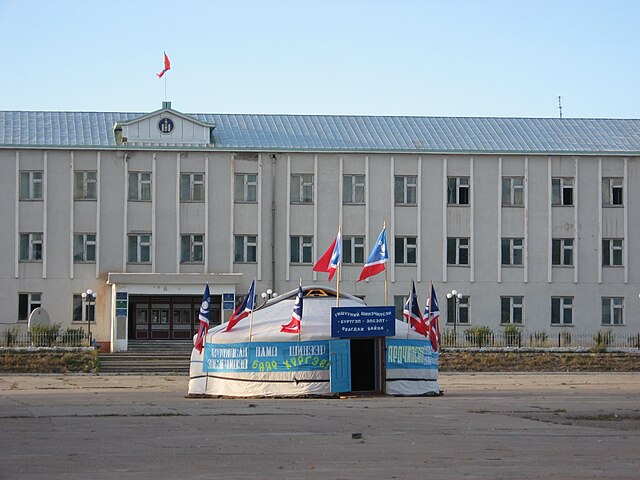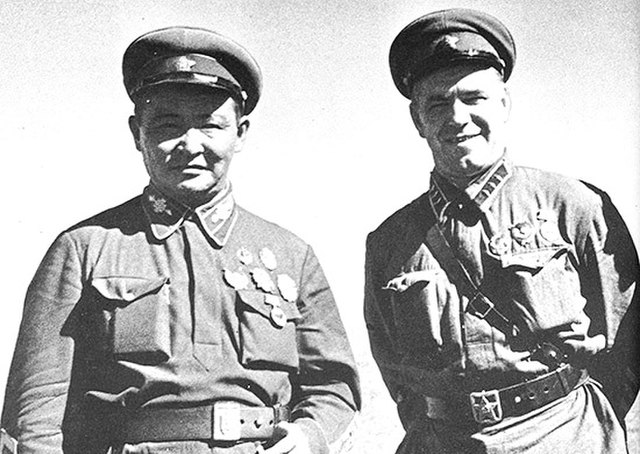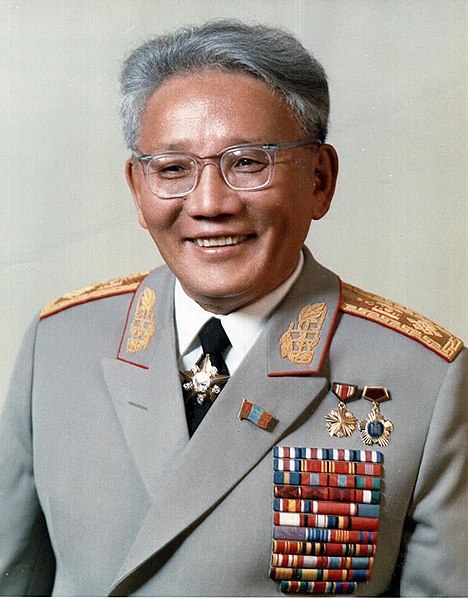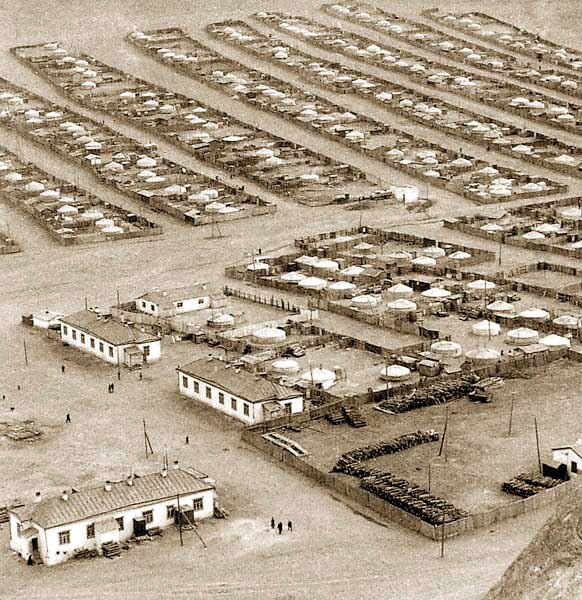The politics of Mongolia takes place in a framework of a semi-presidential multi-party representative democracy. Executive power is exercised by the prime minister, who is the head of government, and the Cabinet. The president is the head of state, but holds limited authority over the executive branch of the government, unlike full presidential republics like the United States. Legislative power is vested in parliament. The judiciary is independent of the executive and the legislature.
Mongolia's Parliament in session
President Ukhnaagiin Khurelsukh
Ger set up by the Democratic Party for an election campaign in Khövsgöl, 2006
Image: G Zandanshatar
Mongolian People's Republic
The Mongolian People's Republic was a socialist state that existed from 1924 to 1992, located in the historical region of Outer Mongolia under the Qing dynasty. It was officially recognized by the Nationalist government as independent from the Republic of China in 1946. Until 1990, it was a one-party state ruled by the Mongolian People's Revolutionary Party, and maintained close political and economic ties with the Soviet Union, as part of the Eastern Bloc.
Khorloogiin Choibalsan (left), who led the MPR from 1939 to 1952, and Georgy Zhukov at Khalkhin Gol in 1939
Yumjaagiin Tsedenbal led the MPR from 1952 to 1984
Yurt quarter in Ulaanbaatar in 1972
Darkhan Railway Station in 1985








